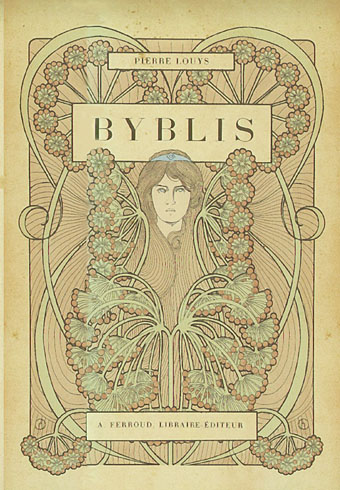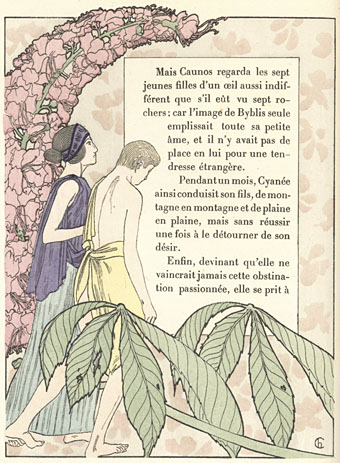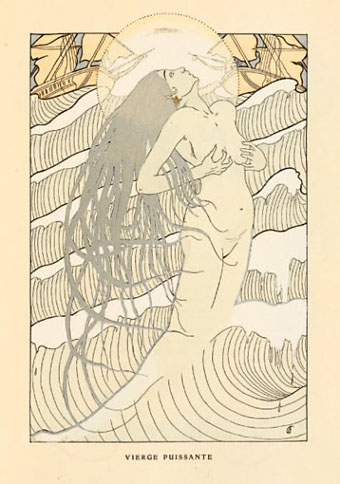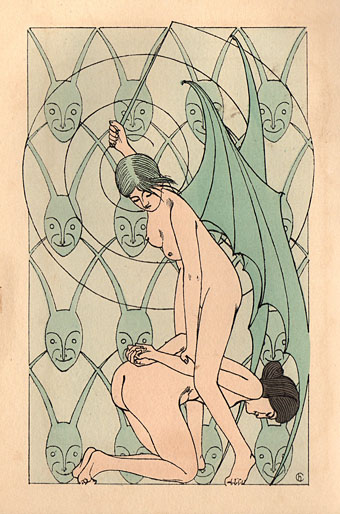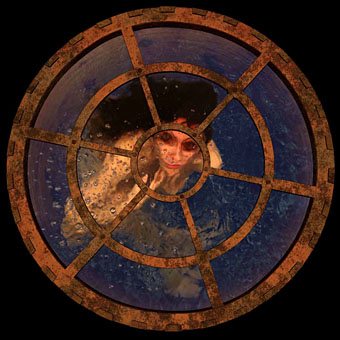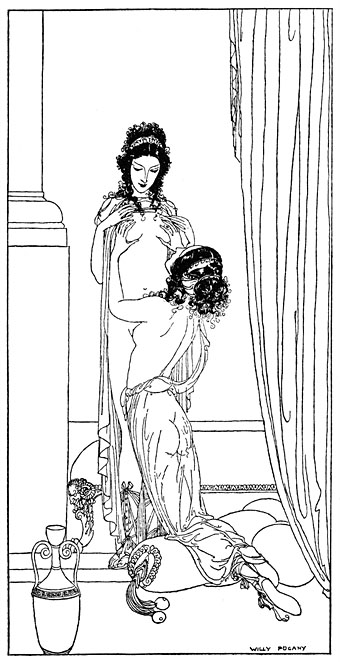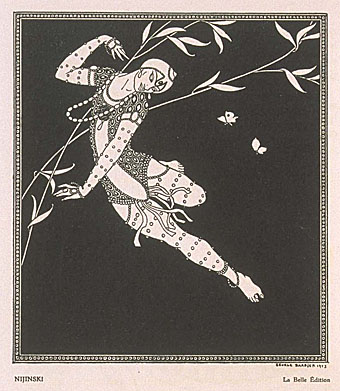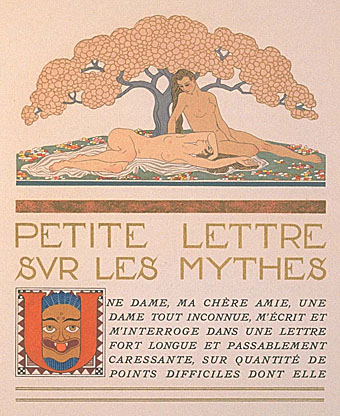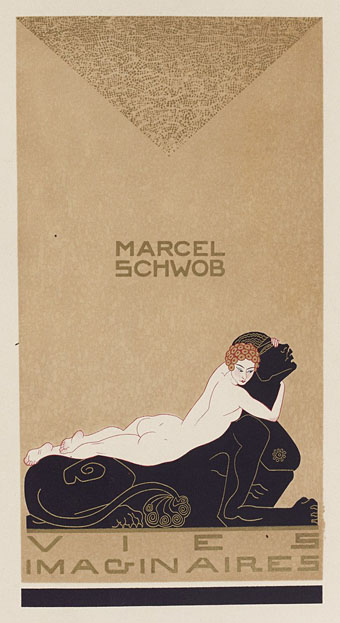
It’s always satisfying when one perennial subject here connects to another. Imaginary Lives is a story collection by Symbolist writer Marcel Schwob that George Barbier lavishly illustrated in a new edition published in 1929. Wikipedia has a précis which conveniently explains the connection:
Imaginary Lives (original French title: Vies imaginaires) is a collection of twenty-two semi-biographical short stories by Marcel Schwob, first published in book form in 1896. Mixing known and fantastical elements, it was one of the first works in the genre of biographical fiction. The book is an acknowledged influence in Jorge Luis Borges’s first book A Universal History of Infamy (1935). Borges also translated the last story “Burke and Hare, Assassins” into Spanish.
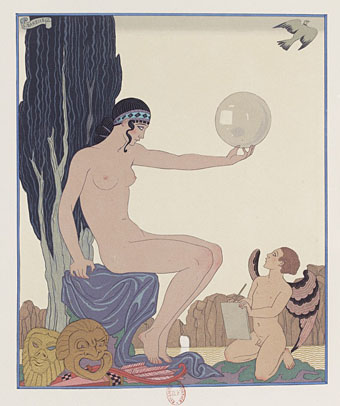
This is one of the best of Barbier’s illustrated editions, and the only one which allows him to combine his favoured references to the graphic styles of the ancient world with those of later centuries. The nude figures are also more explicitly detailed than in his earlier drawings, something only seen previously in his illustrations for an overtly erotic title, Les Chansons de Bilitis by Pierre Louÿs. The final full-page illustration is a further departure for the generally light-hearted Barbier, a drawing that so closely resembles something from Edgar Allan Poe it makes me wish he might have attempted a Poe edition of his own.
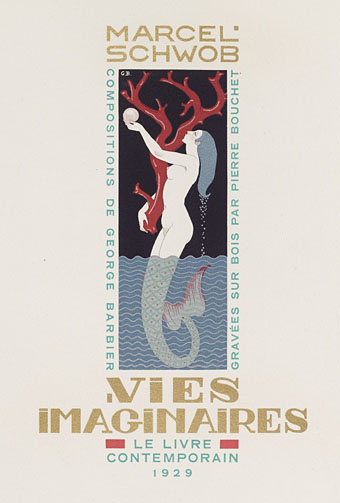
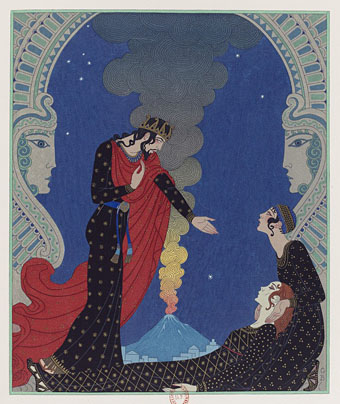
Empedocles, Supposed God.
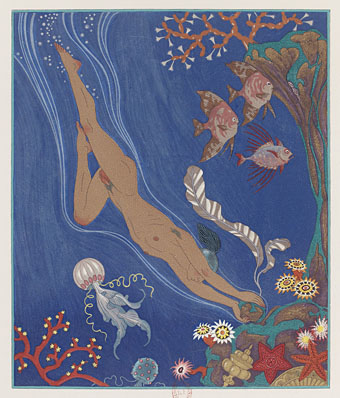
Erostate, Incendiary.

